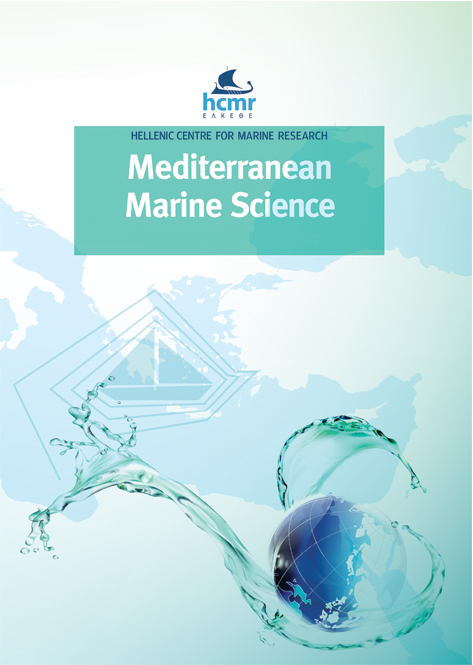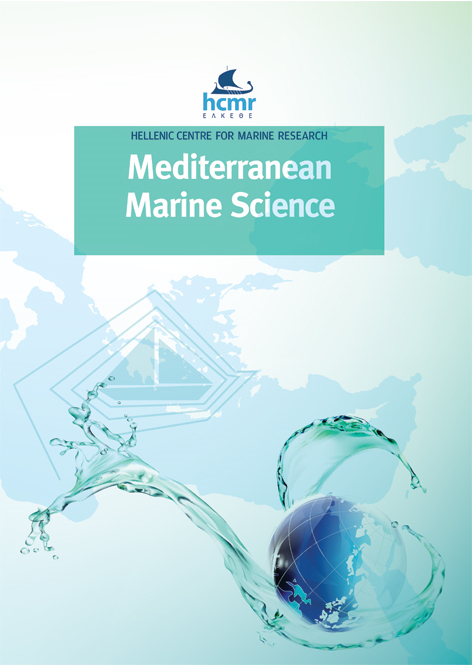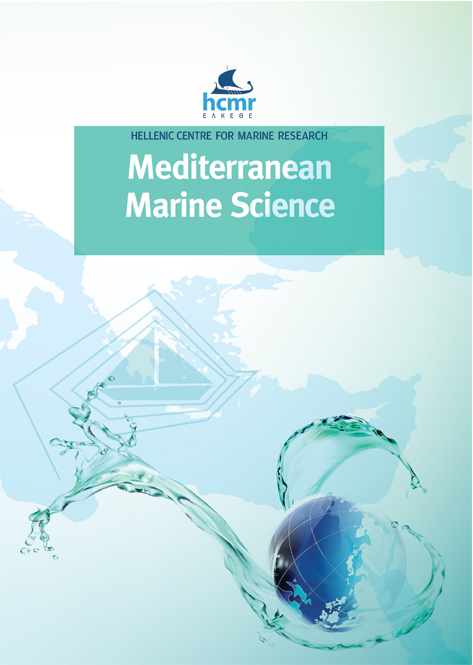One-year assessment of the CHAOS two-way coupled atmosphere-ocean wave modelling system over the Mediterranean and Black Seas
Аннотация
It is currently clear that the atmosphere and ocean should be simulated by integrated modelling systems resolving interconnected physical factors that determine the Earth’s energy balance. Waves play a key role in the interfacial interaction between the atmosphere and the ocean, regulating momentum, heat and moisture exchange. This study aims to evaluate the CHAOS two-way coupled atmosphere-ocean wave system (Chemical Hydrological Atmospheric Ocean wave System) over the Mediterranean and Black Seas. The evaluation is performed against in situ and remote sensing data for the period from 1 December 2013 to 1 December 2014. CHAOS includes the Weather Research Forecasting (WRF) model, version 3.8, as atmospheric component and the Wave model (WAM) cycle 4.5.4 as ocean wave component, coupled through the OASIS3-MCT coupler, version 3.0. Two continuous model simulation approaches were followed to assess the impact of atmosphere ocean waves coupling. In the first approach (1-way coupling mode), the ocean wave component uses the winds produced by the atmospheric component, while in the second approach (2-way coupling mode) the atmospheric component additionally uses sea state information estimated by the ocean wave component through wave-dependent Charnock parameter computations. In the 2-way coupling mode, the attenuation of the atmospheric flow has a damping effect on wind-generated waves. The simulations in 2-way coupling mode produce more realistic results yielding statistical improvements. Compared against buoy observations, the 2-way mode reduces the root mean square error (RMSE) 1.2% for wind speed and 6.3% for significant wave height, while against Jason-2 satellite retrievals the reduction is 0.5% and 2.4%, respectively. Additionally, the 2-way coupling mode outperformed the 1-way mode under intense wind and wave conditions during the one-year period considered.
Article Details
- Как цитировать
-
VARLAS, G., SPYROU, C., PAPADOPOULOS, A., KORRES, G., & KATSAFADOS, P. (2020). One-year assessment of the CHAOS two-way coupled atmosphere-ocean wave modelling system over the Mediterranean and Black Seas. Mediterranean Marine Science, 21(2), 372–385. https://doi.org/10.12681/mms.21344
- Выпуск
- Том 21 № 2 (2020)
- Раздел
- Research Article
Authors who publish with this journal agree to the following terms:
- Authors retain copyright and grant the journal right of first publication with the work simultaneously licensed under a Creative Commons Attribution Non-Commercial License that allows others to share the work with an acknowledgement of the work's authorship and initial publication in this journal.
- Authors are able to enter into separate, additional contractual arrangements for the non-exclusive distribution of the journal's published version of the work (e.g. post it to an institutional repository or publish it in a book), with an acknowledgement of its initial publication in this journal.
- Authors are permitted and encouraged to post their work online (preferably in institutional repositories or on their website) prior to and during the submission process, as it can lead to productive exchanges, as well as earlier and greater citation of published work (See The Effect of Open Access).







